Peace Lily Repotting – Tips On Repotting A Peace Lily Plant
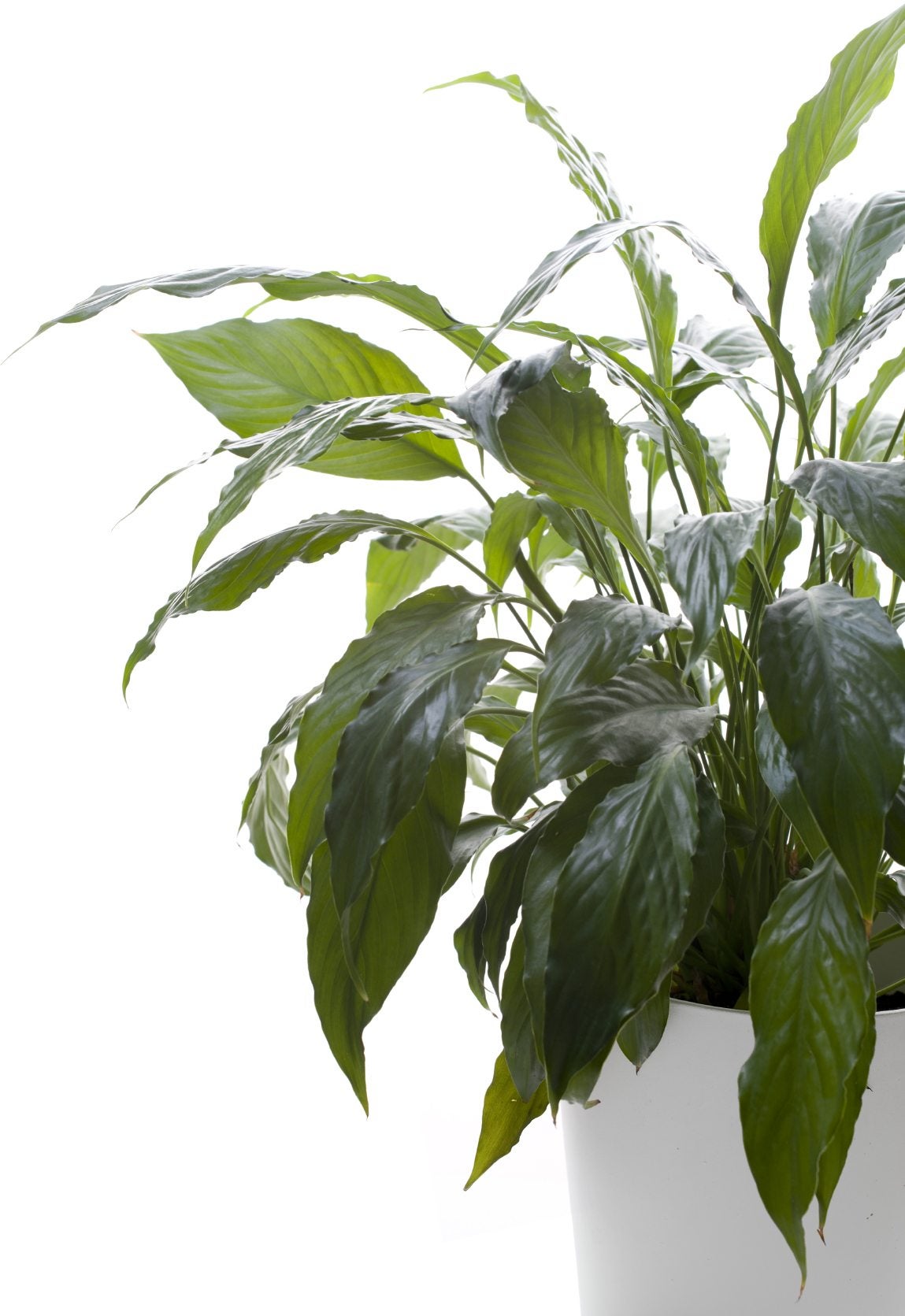

Peace lily (Spathipnyllum) is happy when its roots are a little on the crowded side, but your plant will give you clear signals when it needs a little more space. Keep reading and we’ll give you the scoop on peace lily repotting.
Does My Peace Lily Need a New Pot?
Knowing when to repot a peace lily is important. If your plant is rootbound, it’s definitely time for repotting. For example, you may notice roots growing through the drainage hole or emerging on the surface of the soil. The easiest way to tell if your peace lily is rootbound is to slide the plant carefully from the pot so you can see the roots.
A severely rootbound plant is unable to absorb water because the roots are so tightly packed. The plant will wilt because even though you may water generously, liquid simply runs through the drainage hole. If your peace lily is severely rootbound, it’s best to repot as soon as possible. If your plant can wait a little longer, spring is the ideal time for repotting a peace lily.
Steps for Repotting Peace Lily Houseplants
Select a slightly larger pot with a diameter only 1 or 2 inches (2.5-5 cm.) more than the current container. Avoid planting in a larger container, as the moisture retained in the excess potting soil may cause the roots to rot. Cover the drainage hole with a coffee filter or a small piece of mesh to keep potting mix from washing through the hole.
Water the peace lily an hour or two before repotting. Place fresh potting mix in the container. Use just enough so that once repotted, the top of the plant’s root ball will be about ½ to 1 inch (1-2.5 cm.) below the rim of the container. The goal is for the plant to sit at the same level it was situated in the old pot; burying the plant too deeply may cause the plant to rot.
Slide the peace lily carefully from its current pot. Tease the rootball gently with your fingers to release the compacted roots. Place the peace lily in the new container. Fill in around the root ball with potting mix, then firm the mix gently with your fingers. Water lightly to settle the soil and then add a little more potting soil, if needed.
Again, it’s important to situate the plant at the same level it was planted in its old pot. Place the plant in a shady area for a couple of days. Don’t worry if the plant looks a little bedraggled for the first few days. Slight wilting often occurs when repotting peace lily houseplants.
Gardening tips, videos, info and more delivered right to your inbox!
Sign up for the Gardening Know How newsletter today and receive a free copy of our e-book "How to Grow Delicious Tomatoes".
Withhold fertilizer for a couple of months after repotting a peace lily to give the plant time to settle into its new home. Note: Peace lily repotting is a perfect time to divide a mature plant into new, smaller plants. Once you’ve removed the plant from its old pot, remove offshoots carefully and plant each one into a small pot filled with fresh potting mix.

A Credentialed Garden Writer, Mary H. Dyer was with Gardening Know How in the very beginning, publishing articles as early as 2007.
-
 Looking For Plants To Give You The Soft And Fuzzies? Try These 5 Fuzzy Leaf Plant Options
Looking For Plants To Give You The Soft And Fuzzies? Try These 5 Fuzzy Leaf Plant OptionsLovers of texture, drama, silver foliage and tactile plants will adore these special sensory garden additions. These fuzzy leaf plant options will leave you all aglow
By Susan Albert
-
 Get Ready For A Summer Of Hummers! Grow These Full Sun Hummingbird Plants and Flowers
Get Ready For A Summer Of Hummers! Grow These Full Sun Hummingbird Plants and FlowersIf you’re lucky enough to enjoy a sunny backyard, make sure you are maxing out on your pollinator opportunities and grow these full sun hummingbird plants and flowers
By Tonya Barnett
-
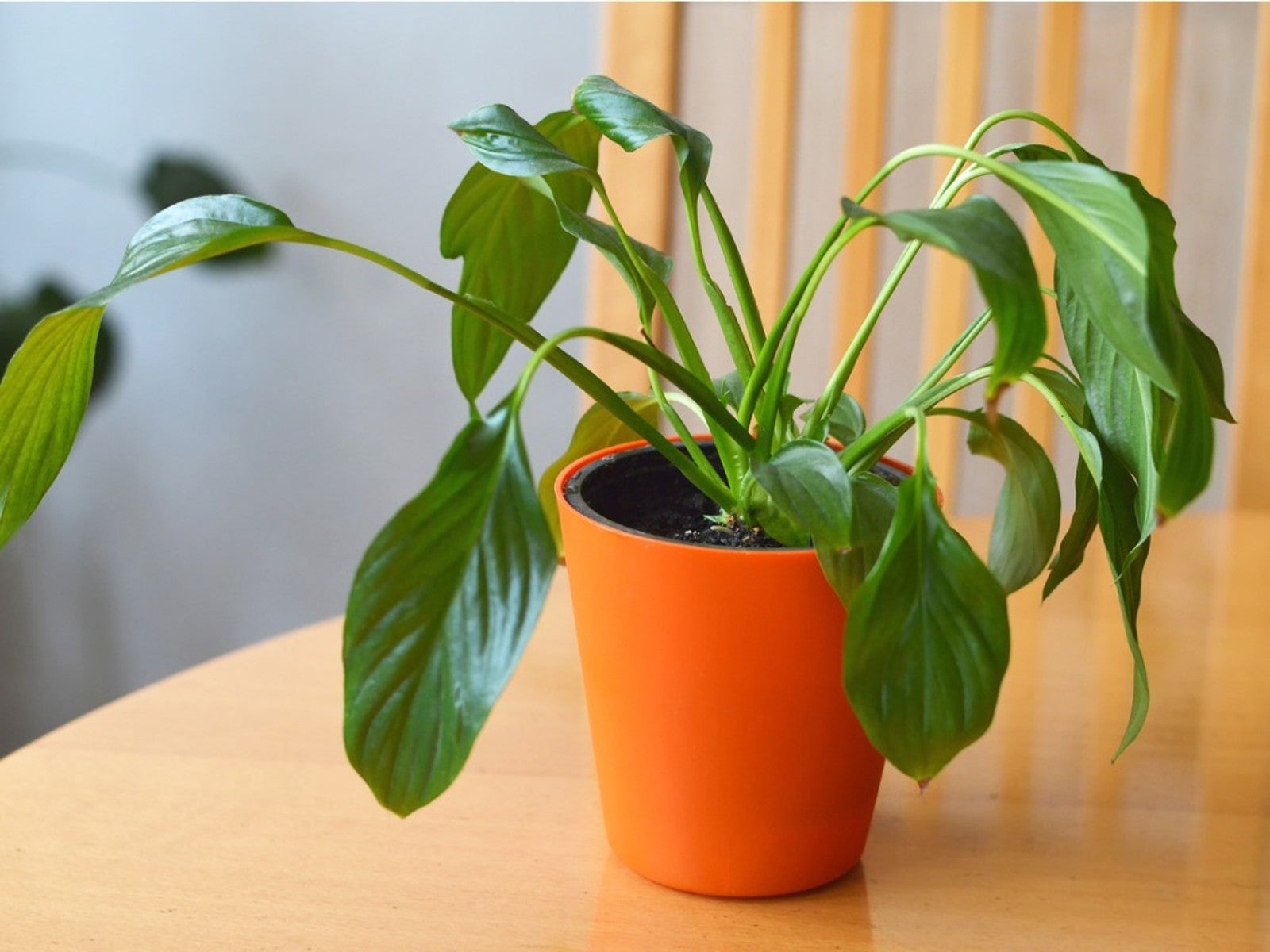 How To Revive A Peace Lily Drooping After Repotting
How To Revive A Peace Lily Drooping After RepottingLearn how to repot and revive a droopy peace lily when it needs a new home.
By Susan Albert
-
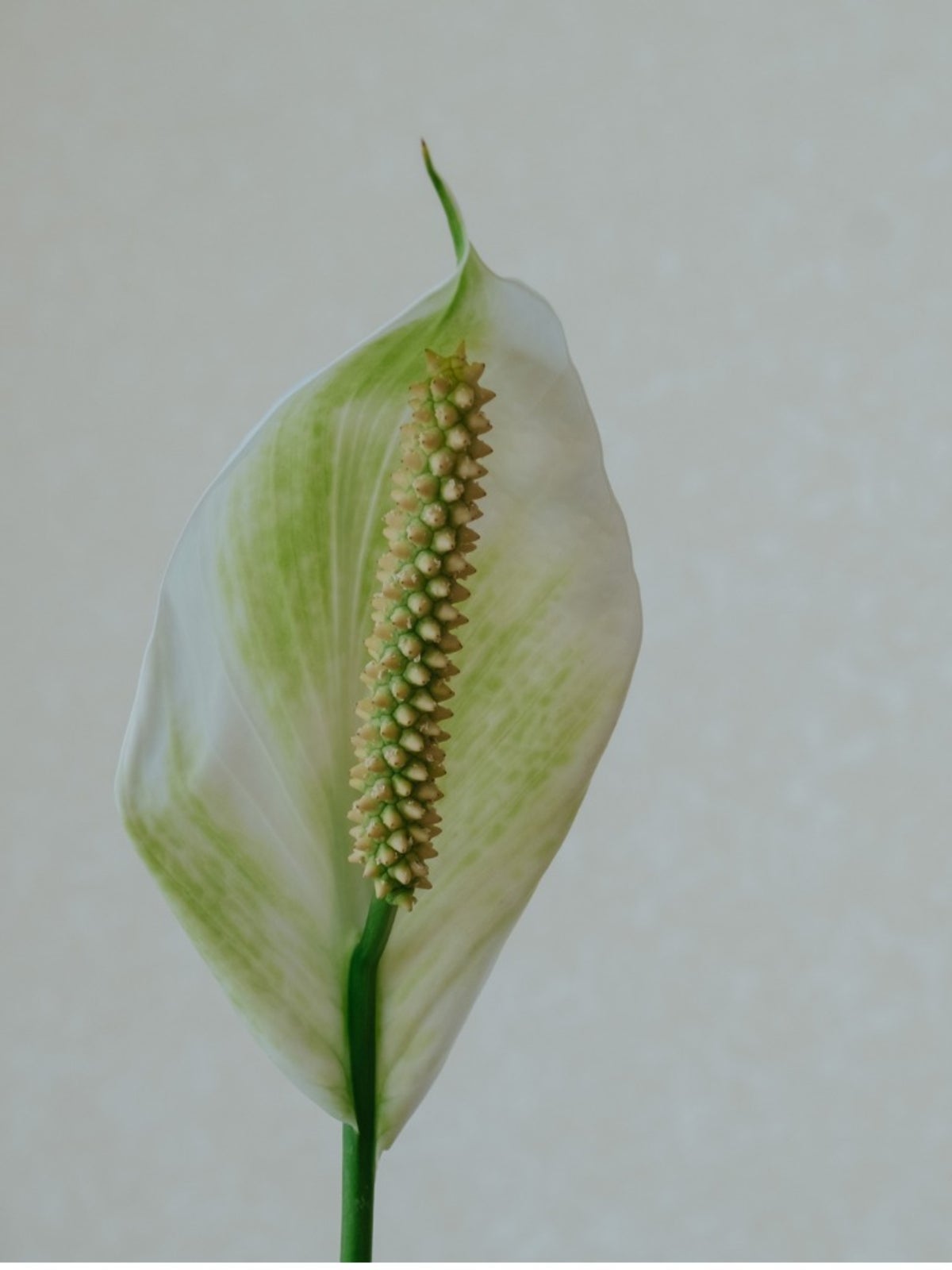 Peace Lily Flowers Are Green – Fixing Green Blooms On Peace Lilies
Peace Lily Flowers Are Green – Fixing Green Blooms On Peace LiliesPeace lilies produce gorgeous white flowers. But if your flowers are green, the contrast is not as striking. Learn about this phenomenon here.
By Mary Ellen Ellis
-
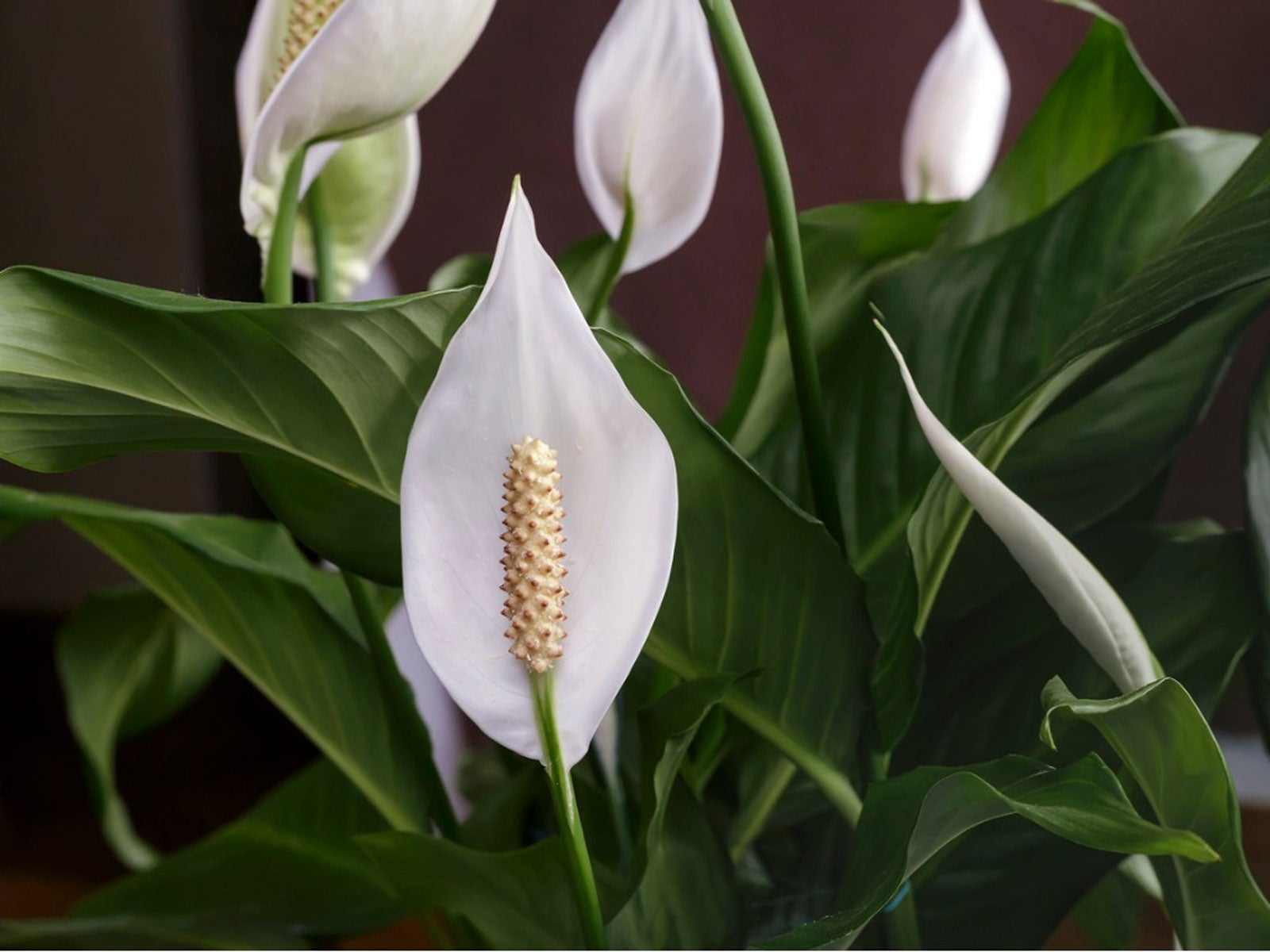 Diseases In Spathiphyllum: Tips On Treating Peace Lily Diseases
Diseases In Spathiphyllum: Tips On Treating Peace Lily DiseasesPeace lilies are tough and resilient, but they are susceptible to a few pests and diseases. This article provides more information about peace lily plant problems, including common diseases in Spathiphyllum plants.
By Teo Spengler
-
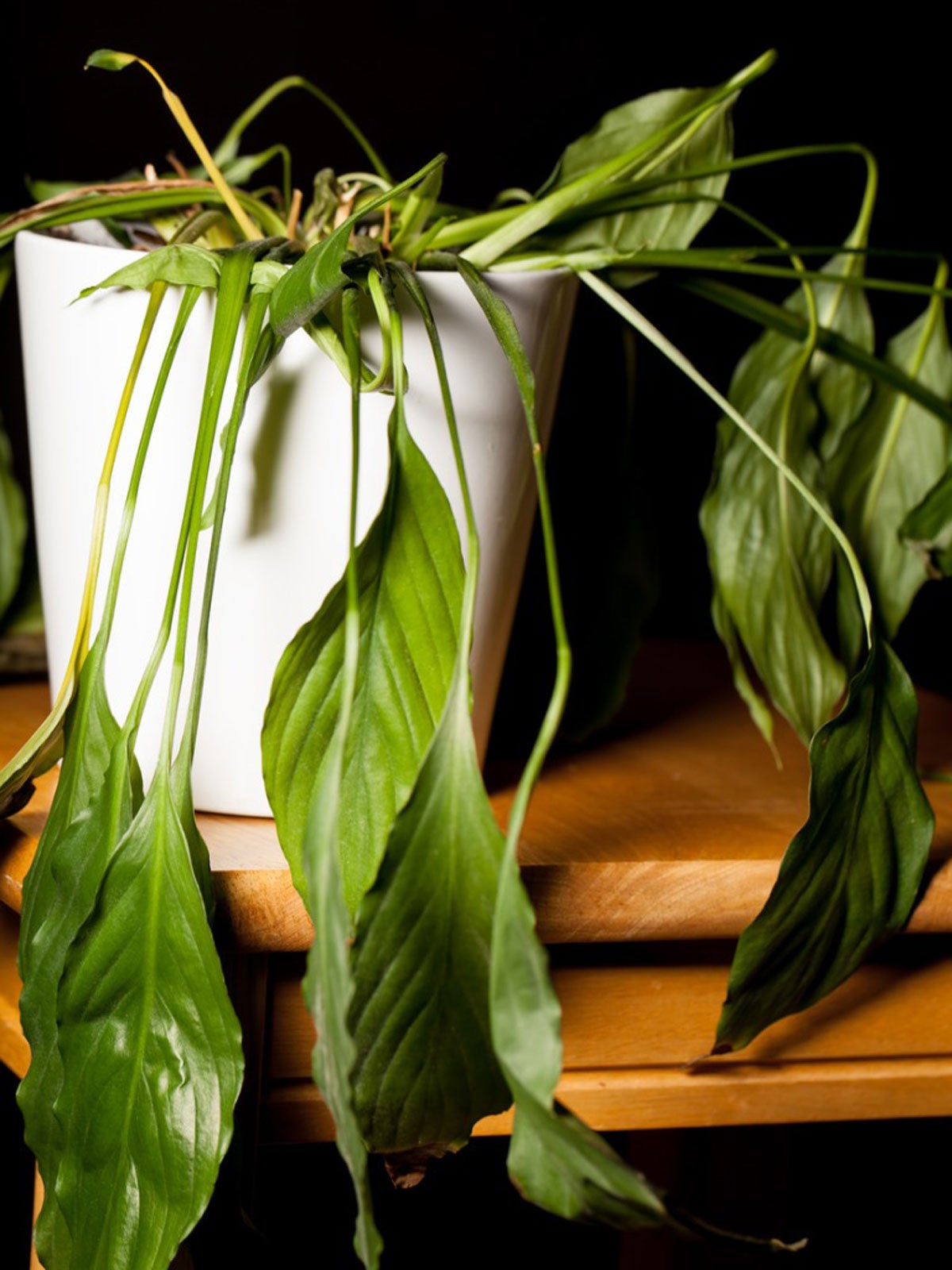 Drooping Peace Lily: How To Revive A Wilting Spathiphyllum
Drooping Peace Lily: How To Revive A Wilting SpathiphyllumA drooping peace lily is a common occurrence and can indicate several different issues, most of which can be corrected.
By Tonya Barnett
-
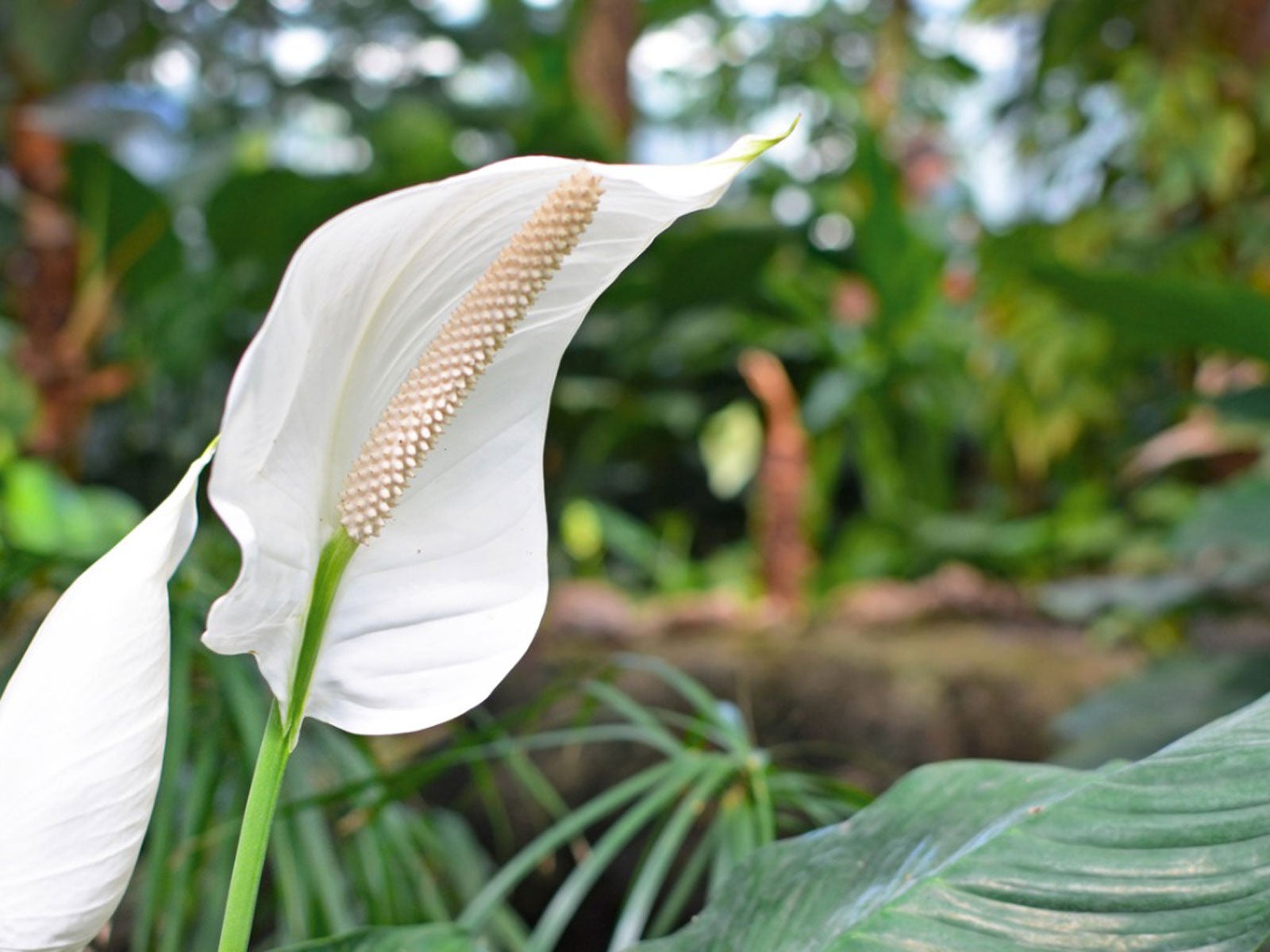 Do Peace Lilies Need Fertilizer – When To Feed Peace Lily Plants
Do Peace Lilies Need Fertilizer – When To Feed Peace Lily PlantsDo peace lilies need fertilizer? Believe it or not, many folks prefer to skip the fertilizer and their peace lily plants do just fine without it. However, fertilizing a peace lily now and then is important to encourage blooming. Learn more in this article.
By Mary H. Dyer
-
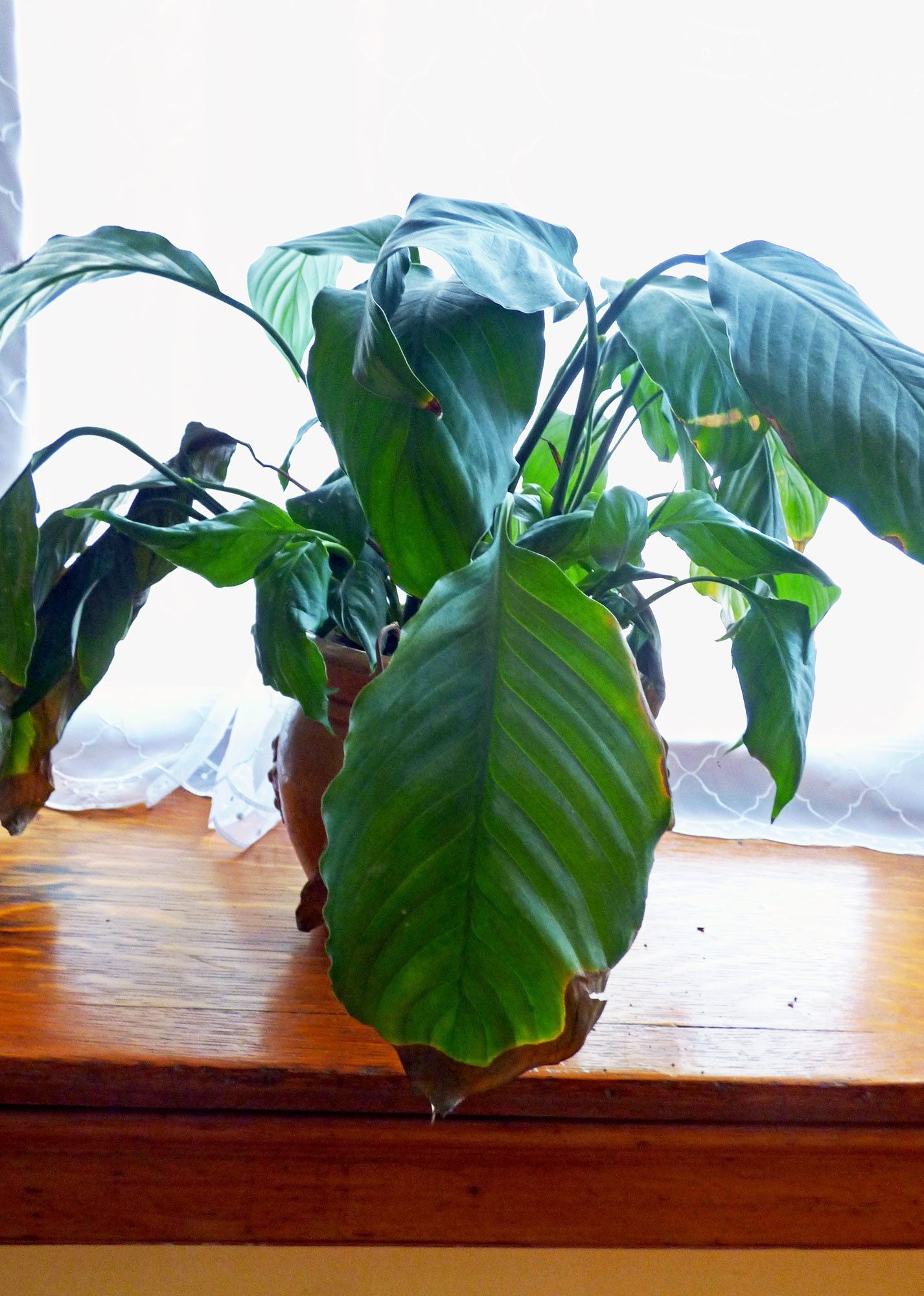 Peace Lily With Brown Tips: Common Causes & How To Fix Them
Peace Lily With Brown Tips: Common Causes & How To Fix ThemA common complaint about peace lily tips turning brown is an easy fix if you know what’s causing it. Make it happy by adjusting your care.
By Teo Spengler
-
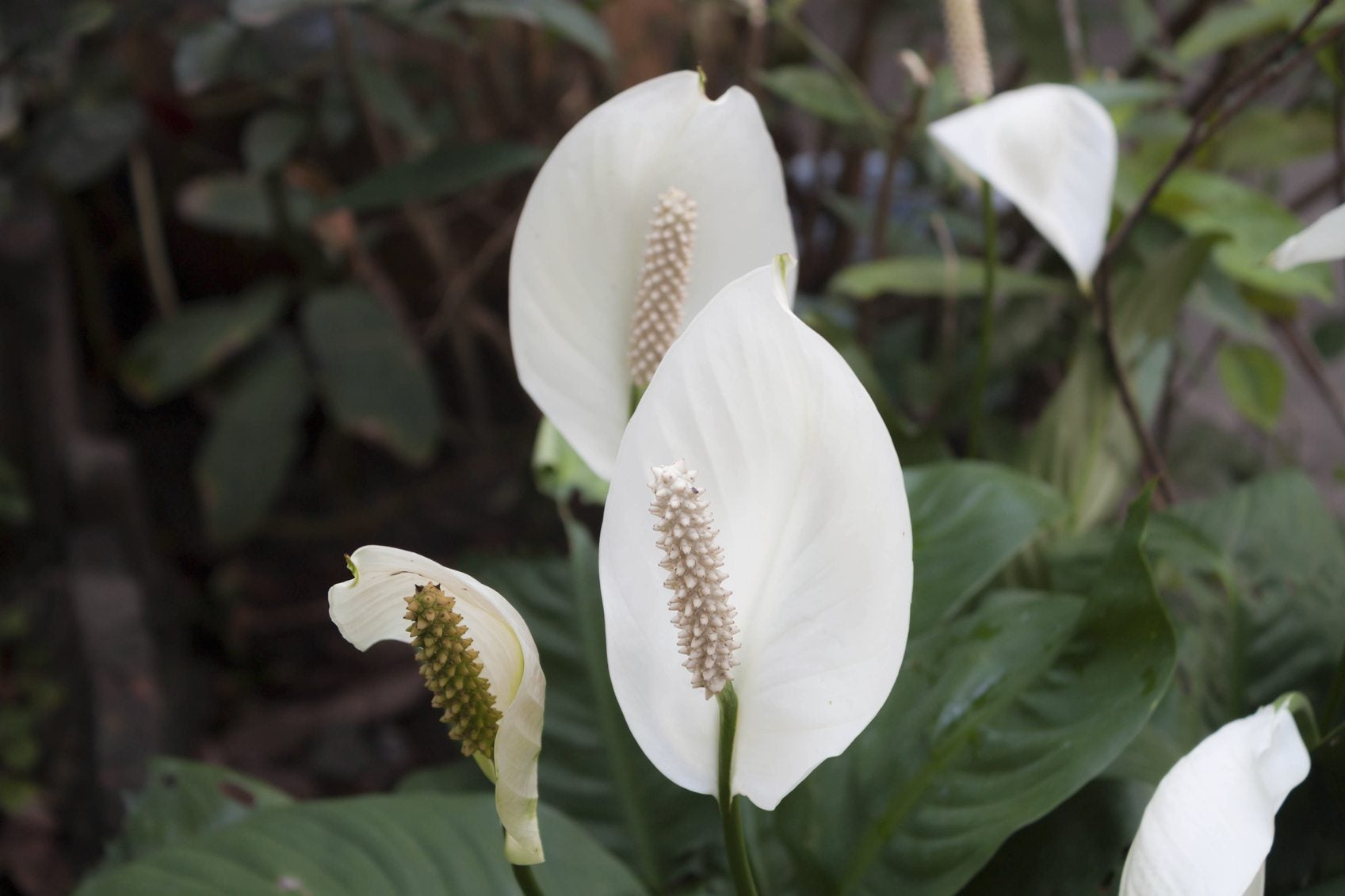 Peace Lily And Pollution – Do Peace Lilies Help With Air Quality
Peace Lily And Pollution – Do Peace Lilies Help With Air QualityThere are many plants that thrive indoors in low light and actively remove pollutants from the air. Way at the top of that list of plants is the peace lily. Learn more about using peace lily plants for air purification.
By Liz Baessler
-
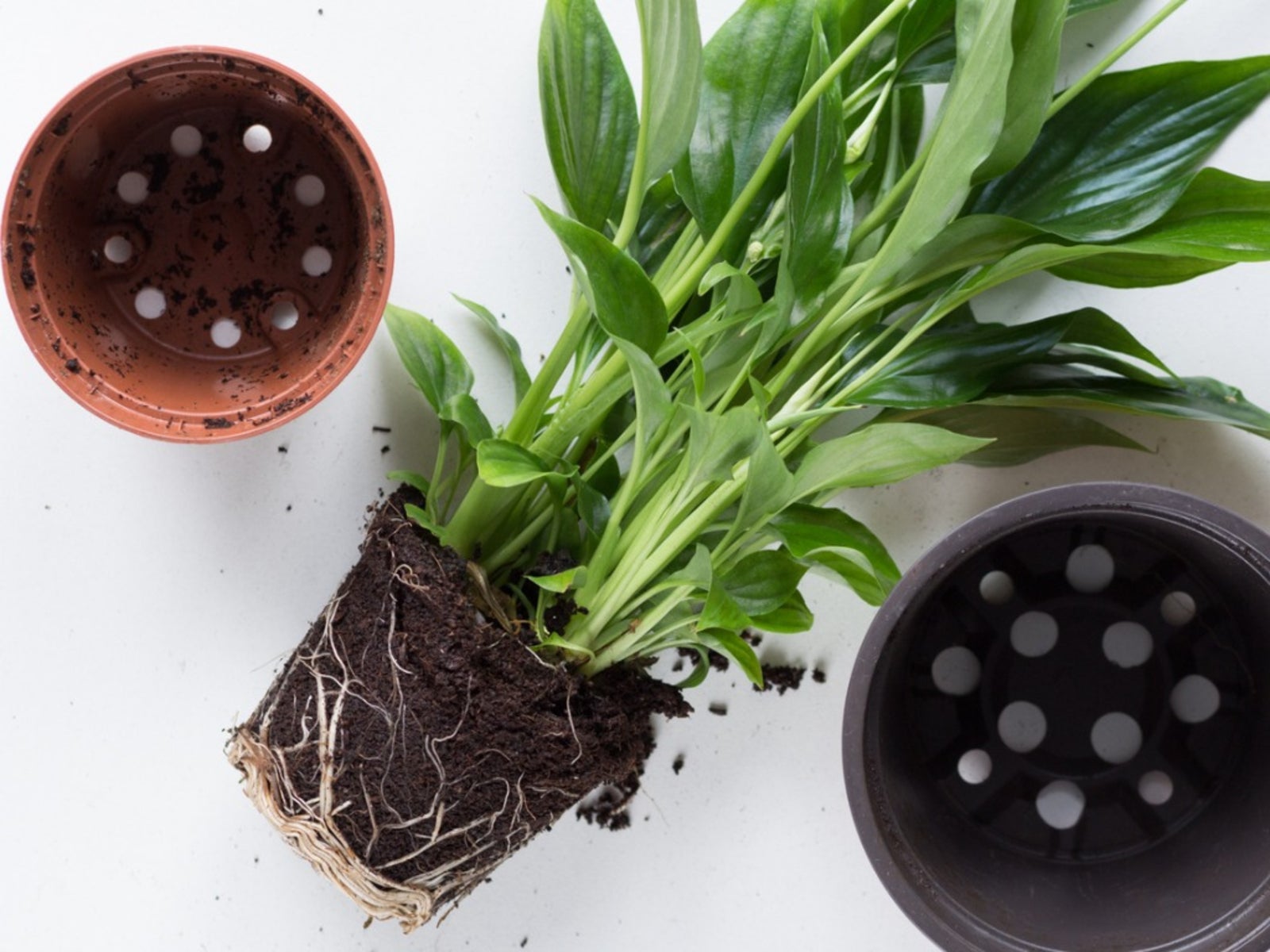 Peace Lily Repotting – Learn How And When To Repot Peace Lilies
Peace Lily Repotting – Learn How And When To Repot Peace LiliesRepotting a peace lily plant is occasionally necessary, as a rootbound plant isn't able to absorb nutrients and water and may eventually die. Fortunately, peace lily repotting is easy! Learn how to repot a peace lily in this article.
By Mary H. Dyer